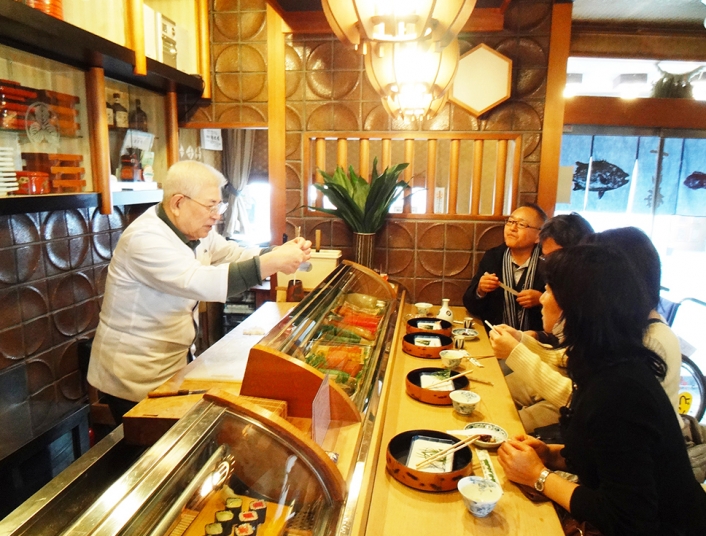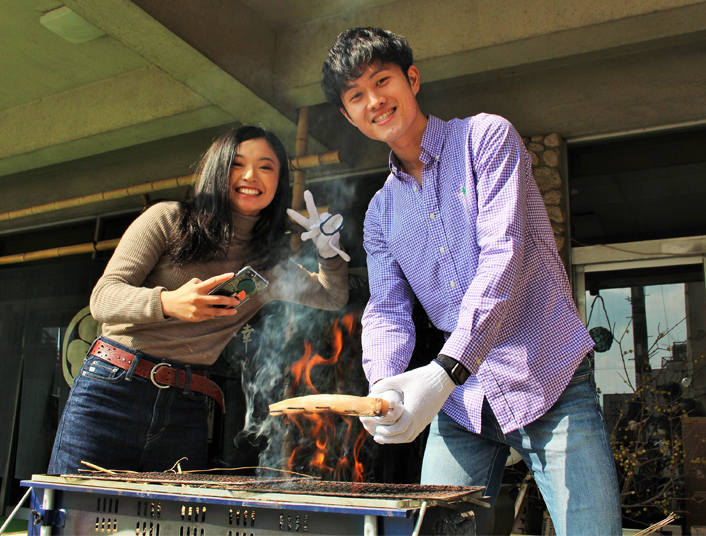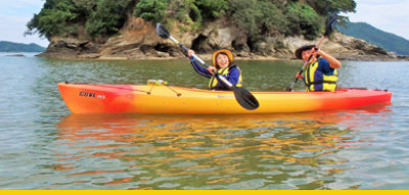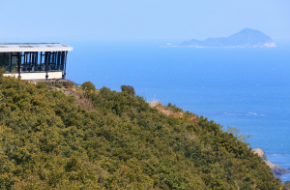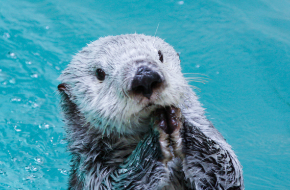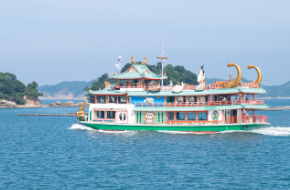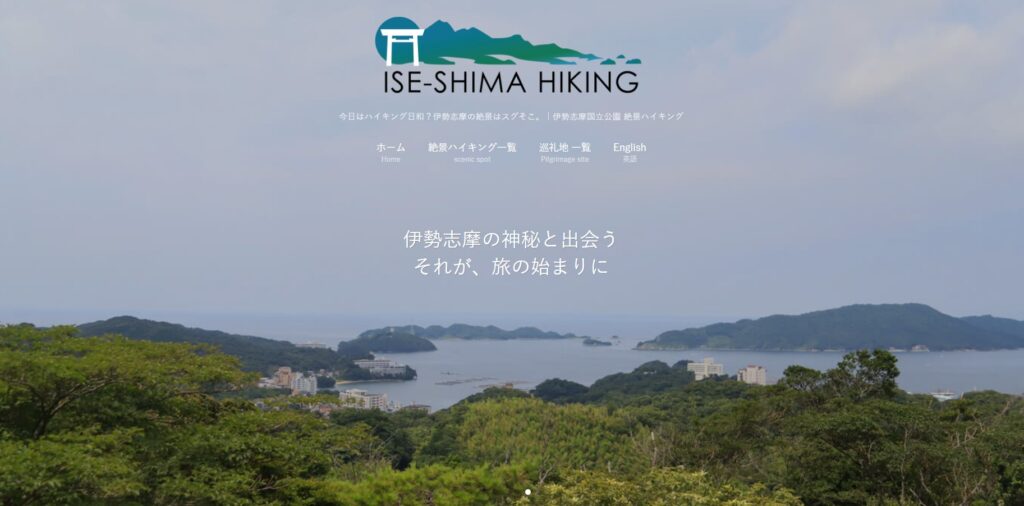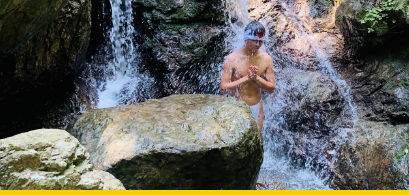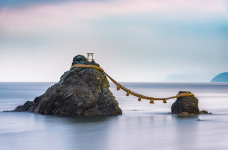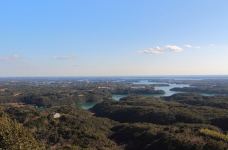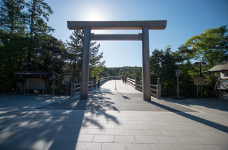

Fearless Ama Divers, Precious Pearls,
and Exquisite Seafood Await You.
Like a world away,
slow down and discover a more traditional side of Japan in Toba.
An area still very much tied to its historic roots with islands and coastal communities nourished by the deep and bountiful sea.

Encounter
the Fearless
Ama Divers
With their warm and chatty nature,
the ama will make you feel right at home in their hut.
Ama, literally “marine women,” have handed down their free-diving traditions through generations and lived in Toba and its neighboring areas for at least 2,000 years.
Nowadays, about 500 female divers live and work around Toba, keeping their traditions alive.
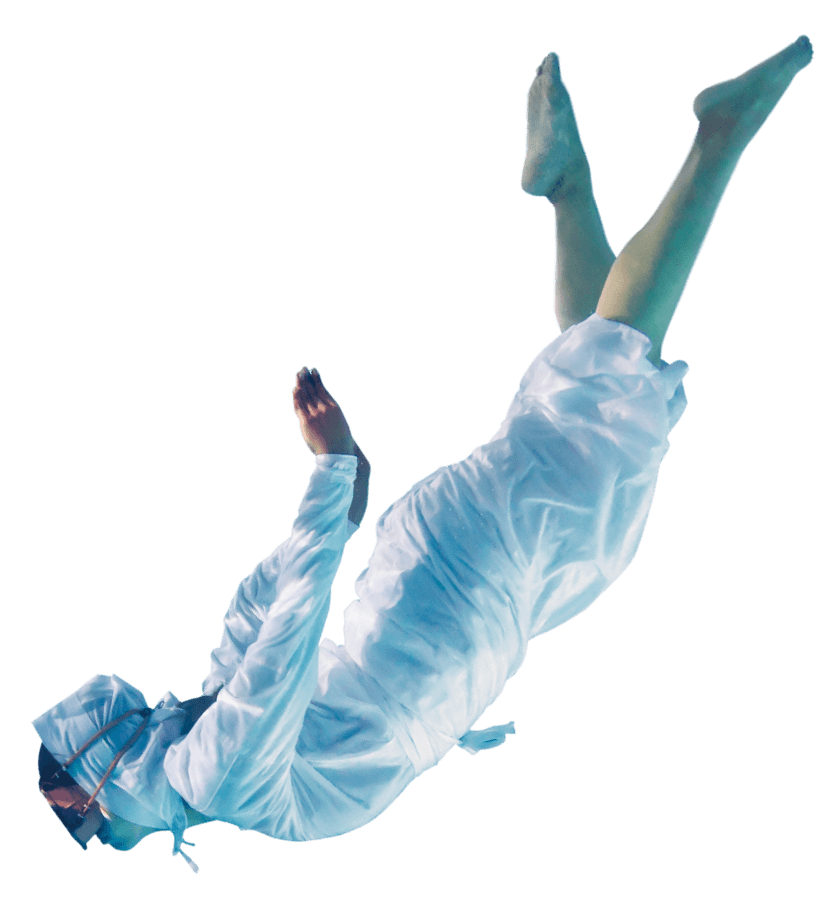
Daily Life
Ama dive consecutively for around 1.5 hours every morning, harvesting seasonal shellfish in depths of up to 20 meters!
The ama meet in their huts before their daily dives to get ready, following century-old rituals, which includes a good post-dive gossip while they eat their rewards.
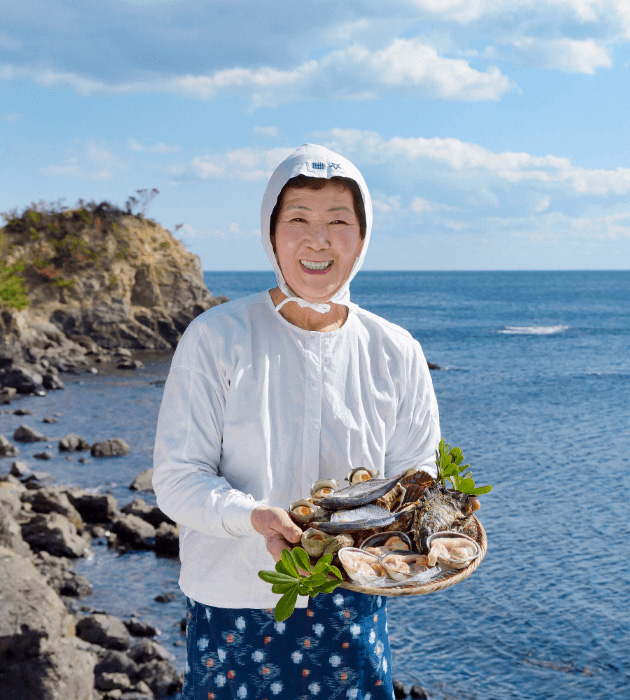
Spirituality
The work of the ama is perilous and diving into the deep sea can be dangerous work sometimes, leading to accidents and even death. For this reason, ama are very spiritual.
They visit shrines and temples associated with the sea during annual festivals and for important occasions throughout the year to pray for safety in the water and thank the gods for their health and plentiful harvests.
Two symbols, the Doman and Seiman, are important talismans for the ama. They can be found carved and painted on many objects the ama use such as their goggles, wetsuits, and weights.
Ama Diver Tours & Experiences
Ama Hut Restaurants
Osatsu Kamado
Appreciate fantastic views of the ocean while sampling the freshest seafood in a simple Ama hut.
Hachiman Kamado
Enjoy a meal of fresh seafood, learn about the tools and traditions, and transform into an Ama yourself.
Related Attractions
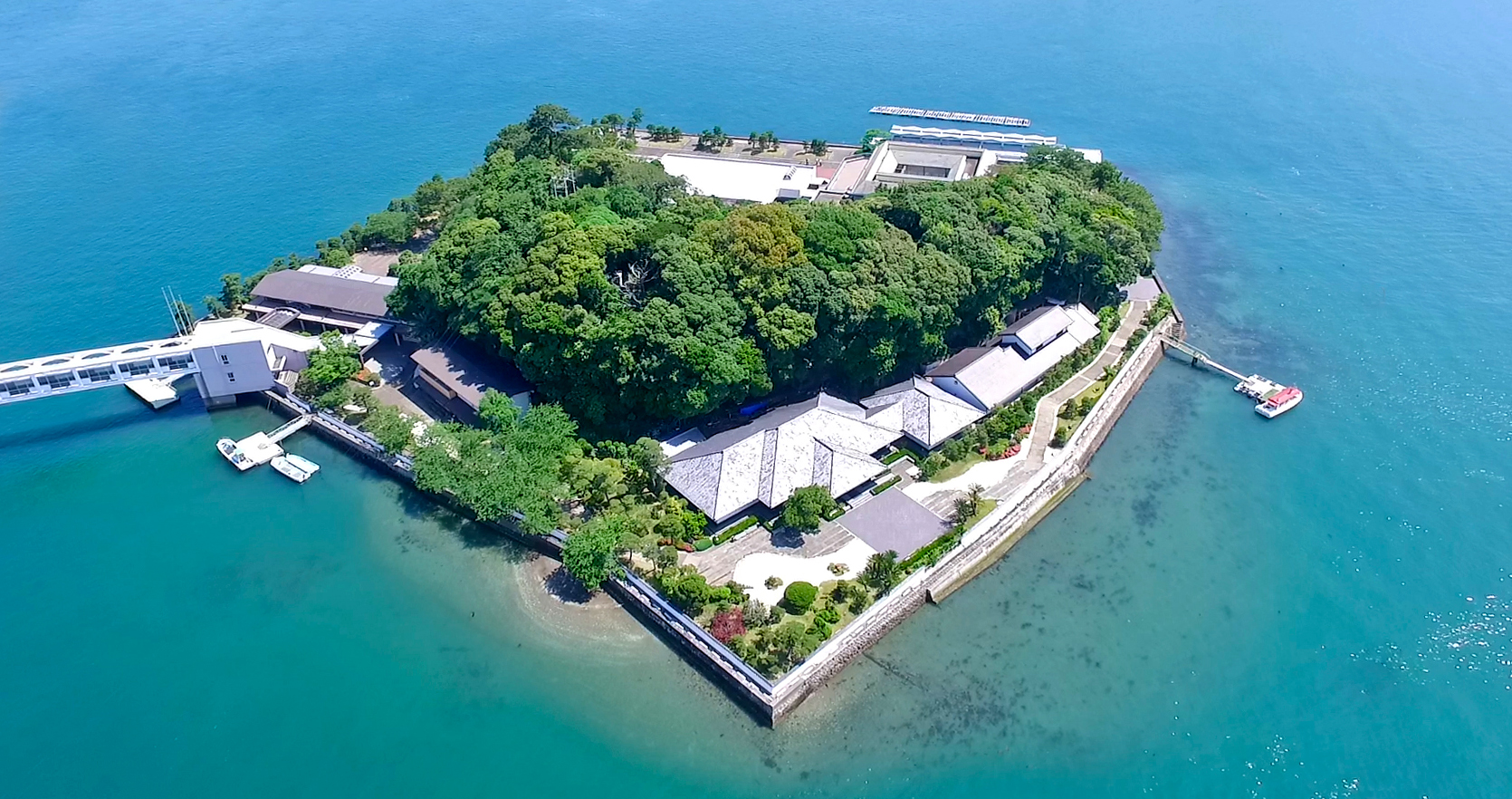
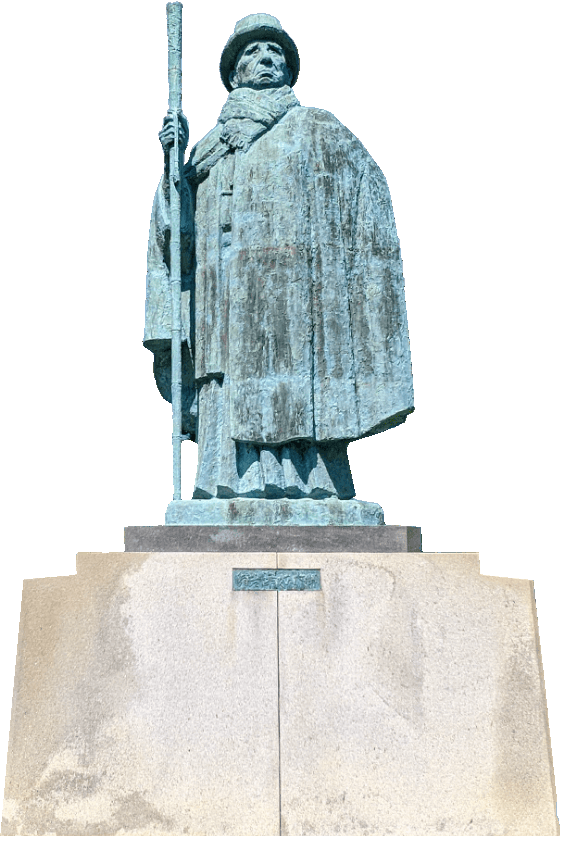
Discover Mikimoto’s Precious Cultured Pearls
Dive into the fascinating story of pearl cultivation and be in awe of its inventor Kokichi Mikimoto.
The world has always been fascinated with pearls, the little shiny objects found inside oysters, and other types of shellfish. And finding a pearl in a wild oyster is akin to finding gold in a riverbed.
All of this changed when in 1893 Kokichi Mikimoto became the first person in the world to successfully cultivate the first hemispherical and later perfectly round pearls. And he did it here in Toba.
At the time, Ama were essential to the cultivation process. They would dive to the seabed, collect pearl oysters, and then return the nucleated oysters to the ocean’s depth.
The Mikimoto Pearl Island museum tells the story of pearl cultivation and its inventor Kokichi Mikimoto. It is here where you can see a demonstration of Ama diving for shellfish and get a unique glimpse into the free-diving tradition rarely observed by the general public.
If you’re planning a stop at Mikimoto Pearl Island, find all the information you will need before your visit at the link below.
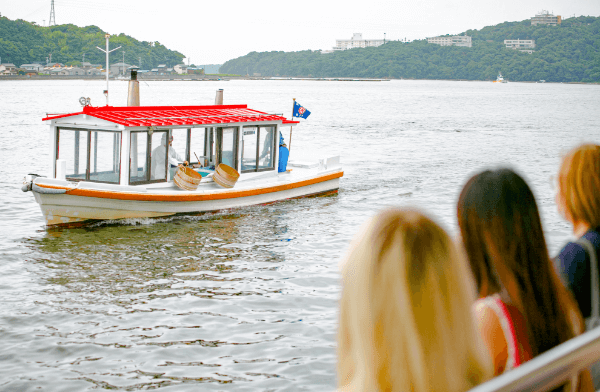
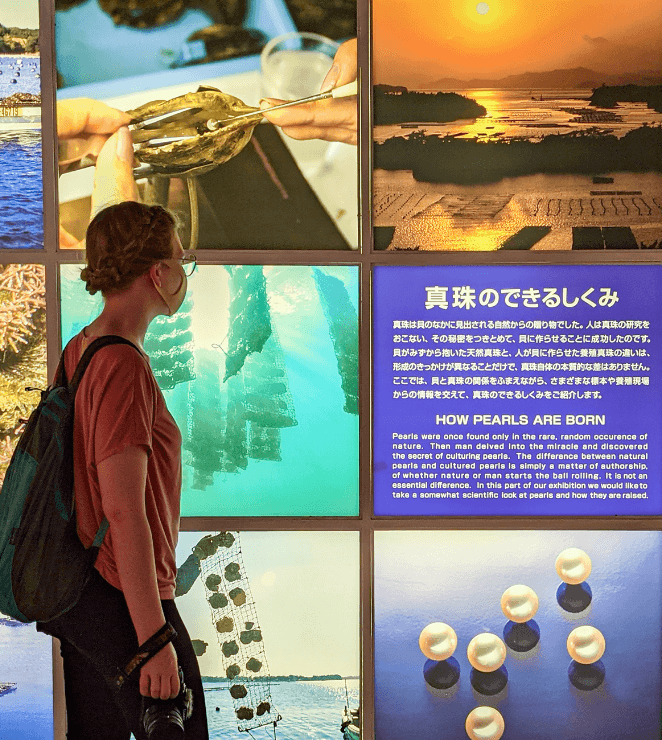
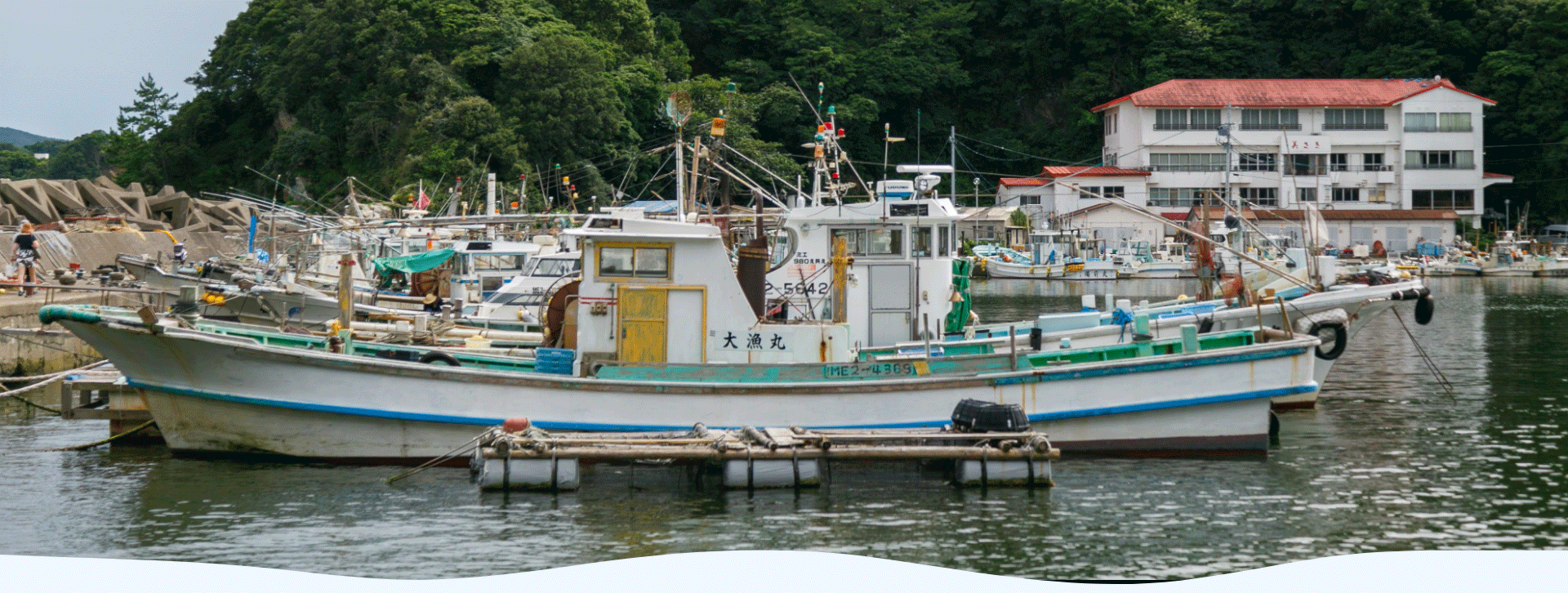
Adventure with Toba’s Fishermen
The hardworking but extremely good-natured fishermen of Toba will welcome you onto their boats with open arms and many stories of life on the sea.
Fishing is one of the oldest forms of sustaining a life in Japan, and with the richness of the seafood and fish in Ise Bay, it really is no wonder that fishing is still one of the major industries in the communities of Toba.
And it’s not all about putting nets out into the water to catch fish either. Many of the fishermen specialize in oyster farming or the cultivation of seaweed, and of course, catching the expensive Ise spiny lobster can be a lucrative business for the good-natured fishermen of Toba.
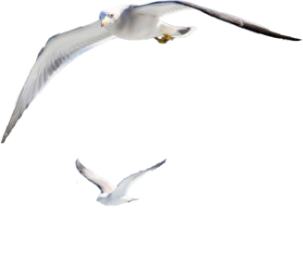
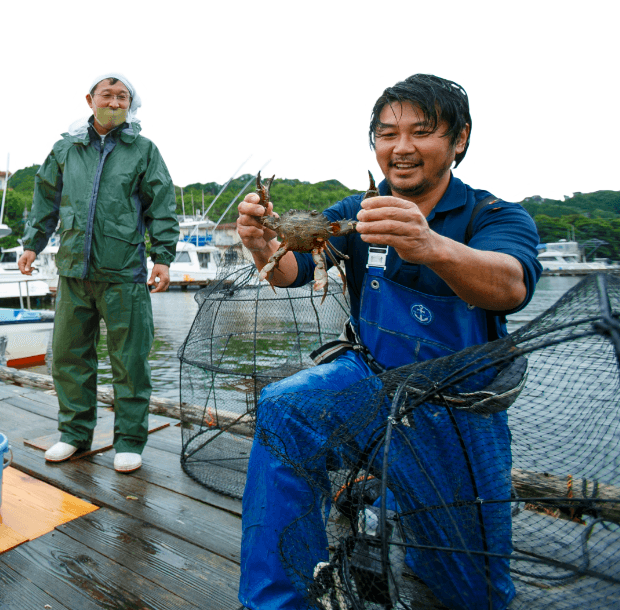
Tours & Experiences
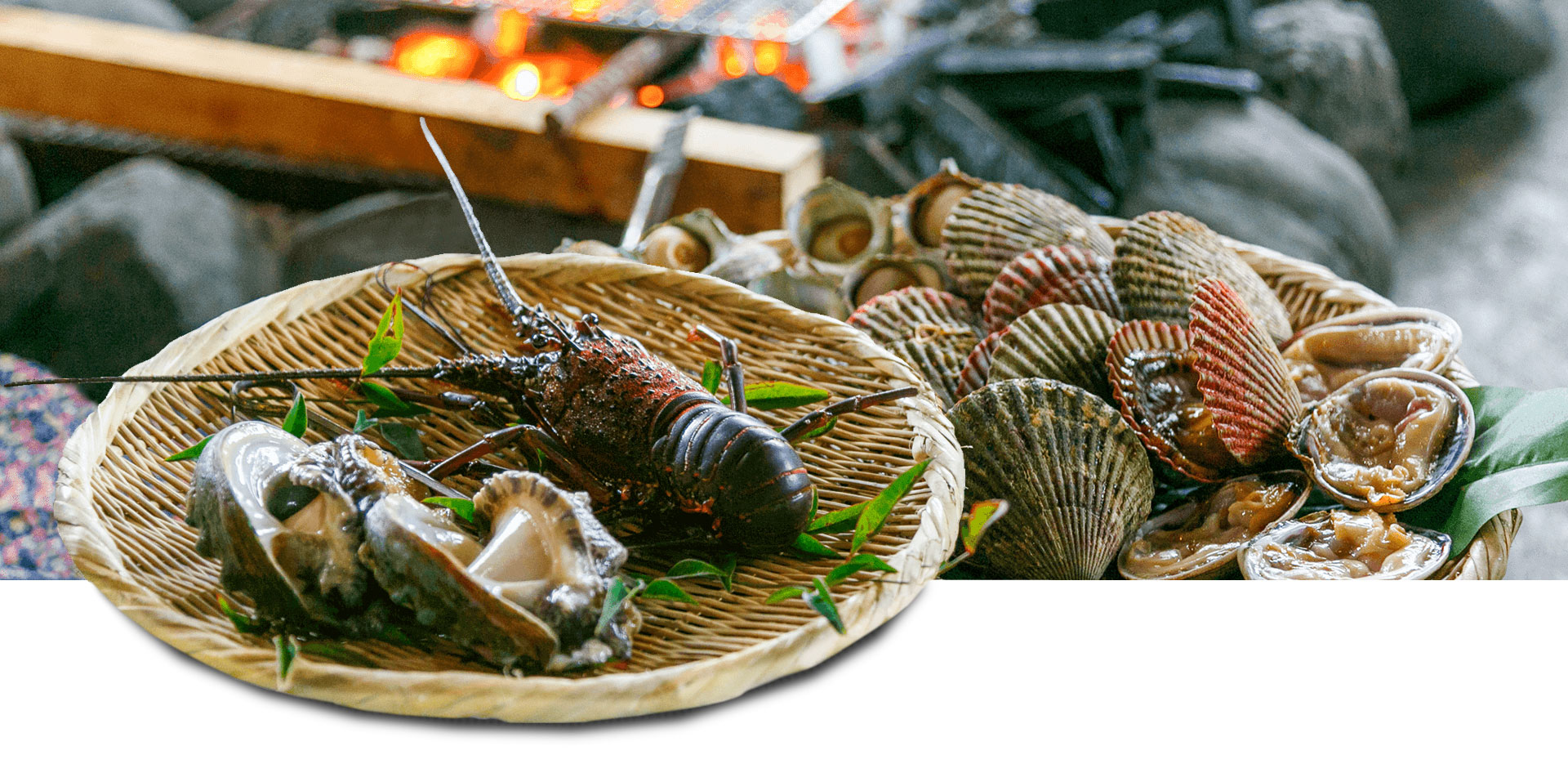
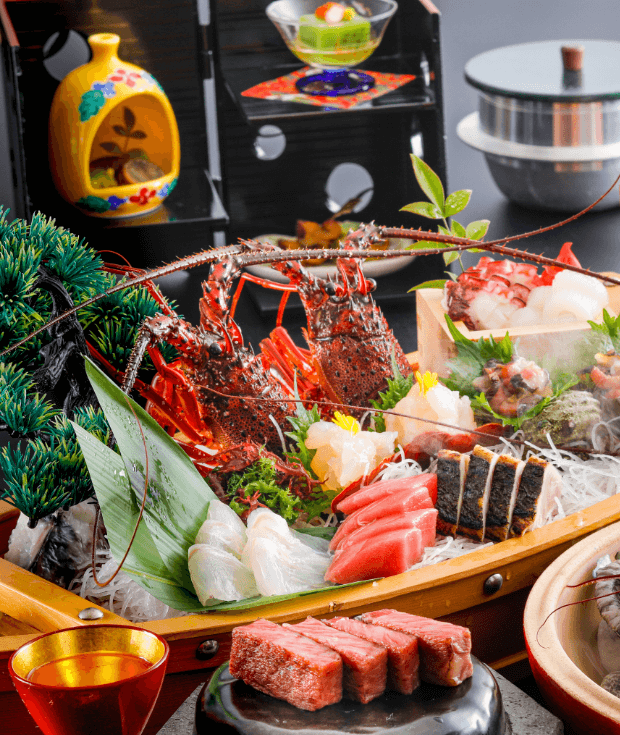
Relish Toba’s Freshest Seafood
Go on a culinary adventure in Toba,
try the freshest seasonal catch and satisfy your hunger and curiosity at the same time.
Oysters, lobsters, abalone, seaweed, and a wide variety of fish.
All of these can be found in the fish markets of Toba’s islands and villages, and they have been filling the bellies of fishermen and Ama alike for centuries.
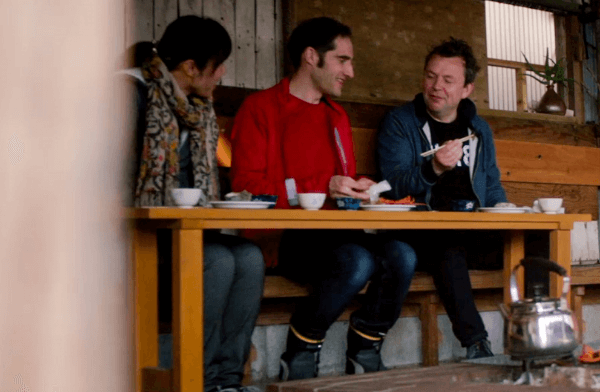
As a visitor to Toba, you can taste the abundance of Toba’s sea at your accommodation, and at many of the restaurants in town.
For an even more unique experience, visit one of the Ama huts in Osatsu for a special lunch experience together with real Ama divers. You can learn about their culture, and taste the catch of the day prepared on hot charcoal right in front of your eyes.
Ama Hut Restaurants
Osatsu Kamado
Appreciate fantastic views of the ocean while sampling the freshest seafood in a simple Ama hut.
Hachiman Kamado
Enjoy a meal of fresh seafood, learn about the tools and traditions, and transform into an Ama yourself.
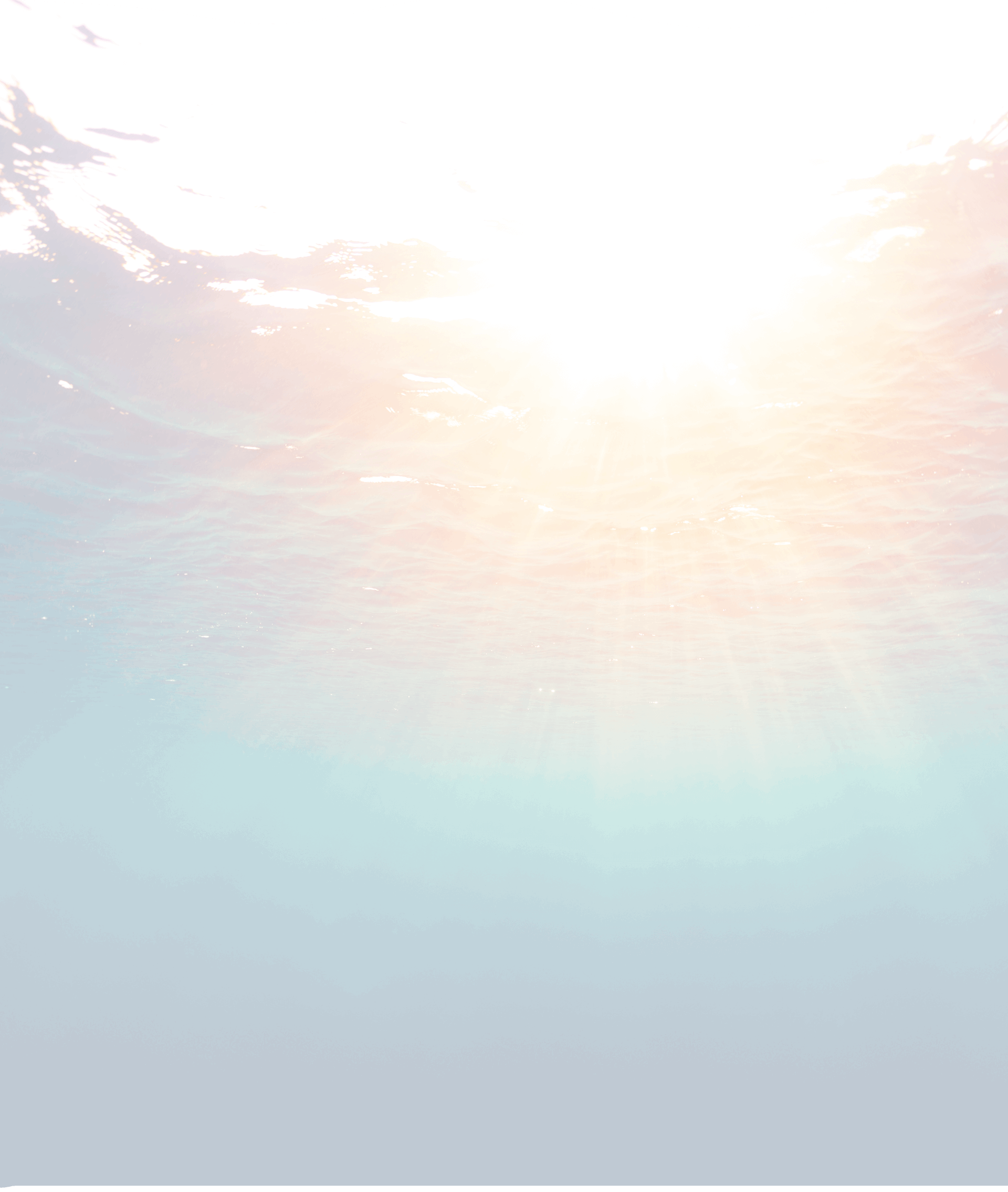
Experience Toba’s Bountiful Sea
With any new aspect of Toba you explore, you will feel the connection of the locals with the deep and life-giving green-blue sea.
Ise Bay and the Kumano Sea have been the focal point of life and industry for the people of Toba since ancient times. From the depths, the fishermen catch a variety of seafood including the local Ise lobsters, and the Ama collect seaweed and shellfish from the seabed.
Local culture and traditions revolve around the sea as well, with many festivals and seasonal offerings performed at shrines and temples dedicated to the sea.
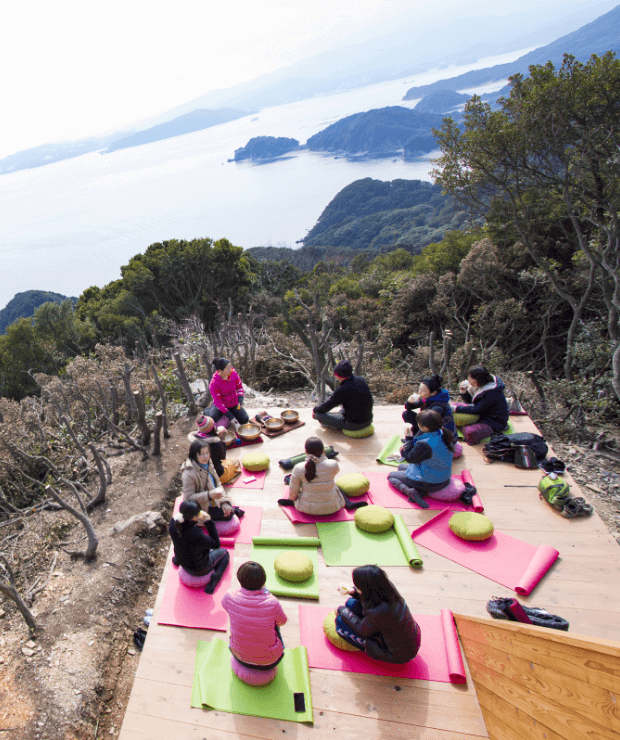
Related Attractions
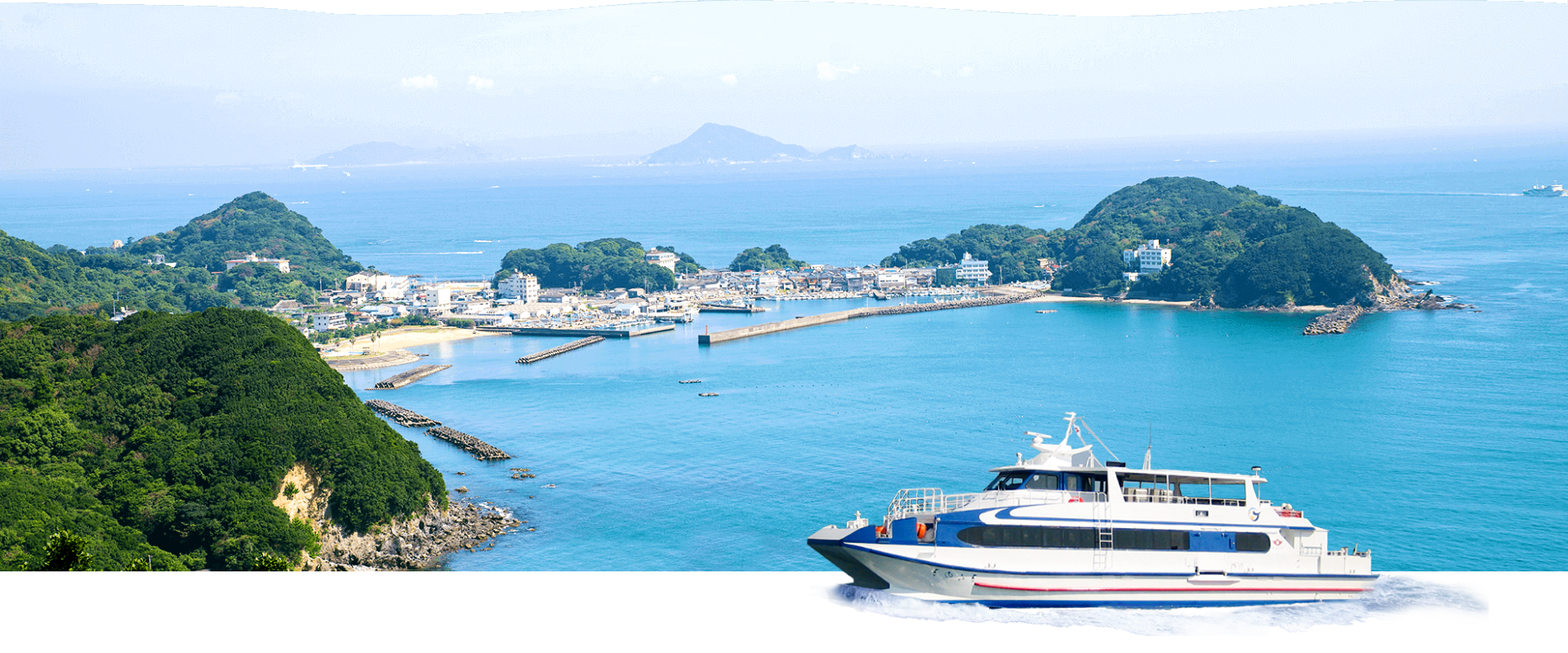
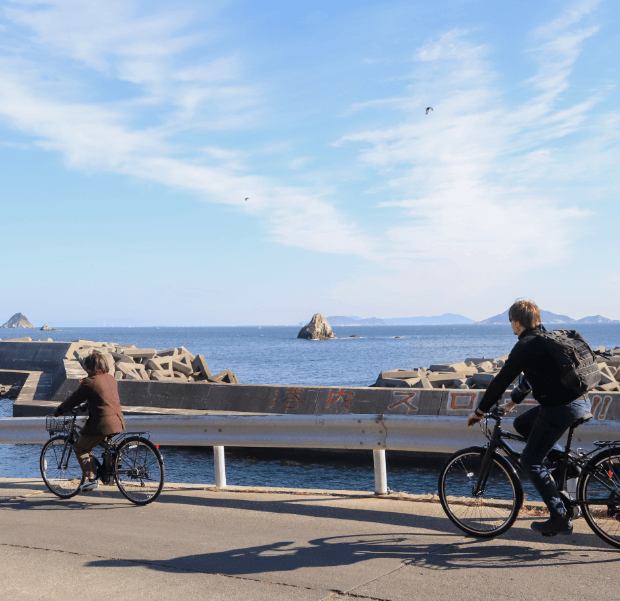
Explore Toba’s Four Charming Islands
Get away from your busy daily life, slow down, and learn the wisdom of the island’s locals who live by the seasons, the tide, and the rising and setting of the sun.
There are 4 inhabited islands off the coast of Toba: Kamishima, Toshijima, Sugashima, and Sakatejima.
As you might expect, island life is very different from that of the people on the mainland with many unique traditions observed in the small communities.
Toshijima is the biggest of the 4 islands with multiple accommodations, restaurants, and sights and activities for visitors.
The other three islands on the other hand are inhabited by small communities without much interference from the mainland.
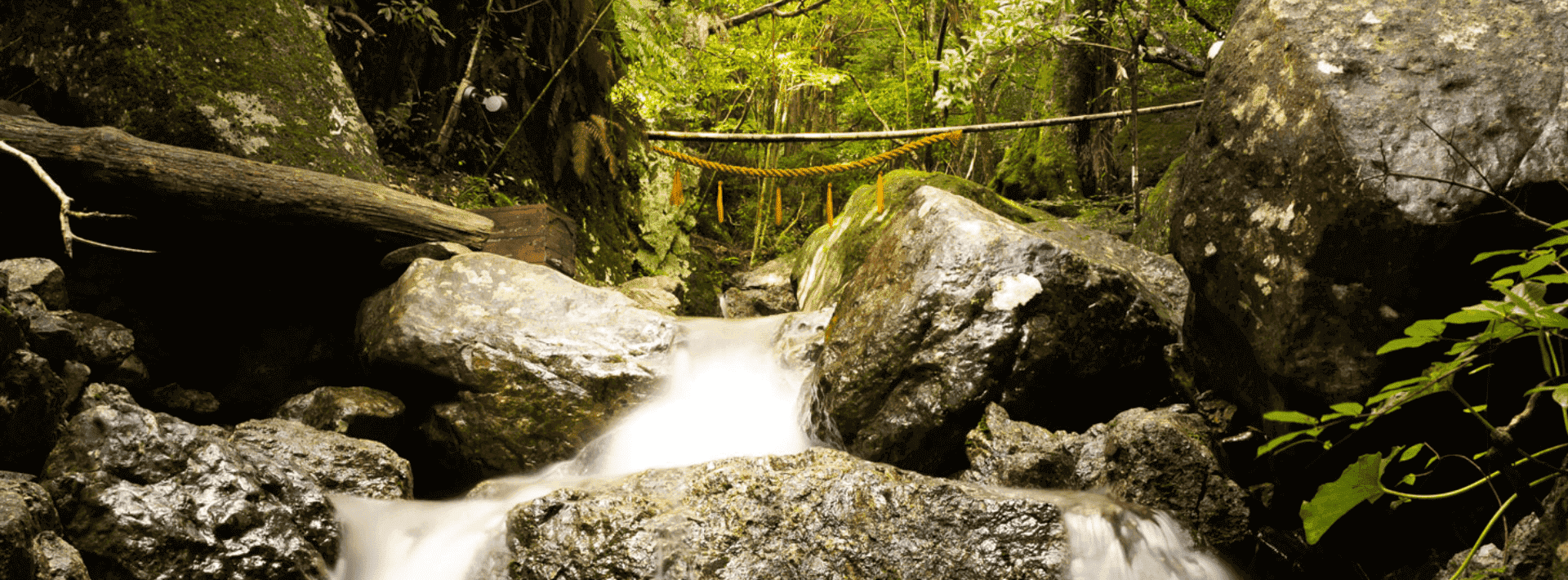
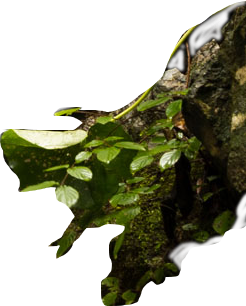
Nature
Discover the nature that surrounds Toba. There are many trails for you to discover. We invite you to check out the Iseshima Hiking website, which presents a selection of interesting walks in the region.
The sea is the center of life to most people of Toba even today, but we must not forget that their good fortune is thanks to the rivers that transport mineral-rich water from the mountains into Ise Bay.
The forests and mountains surrounding Ise Jingu, Japan’s foremost Shinto shrine, located only 15 kilometers from Toba, have been protected since ancient times which give the rivers flowing through many minerals.
Thanks to these minerals the bay is rich in seaweed, which in turn is a home and food source to a wide range of shellfish such as oysters, clams, and abalone.
The rivers nourish not only the creatures of the sea but also the bodies and minds of monks who historically sought them out for spiritual reasons in the form of Waterfall Meditation.
STORIES
Toba activities, attractions, and food
- Toba Shore Excursions: Unique Activities on Your Cruise Stop
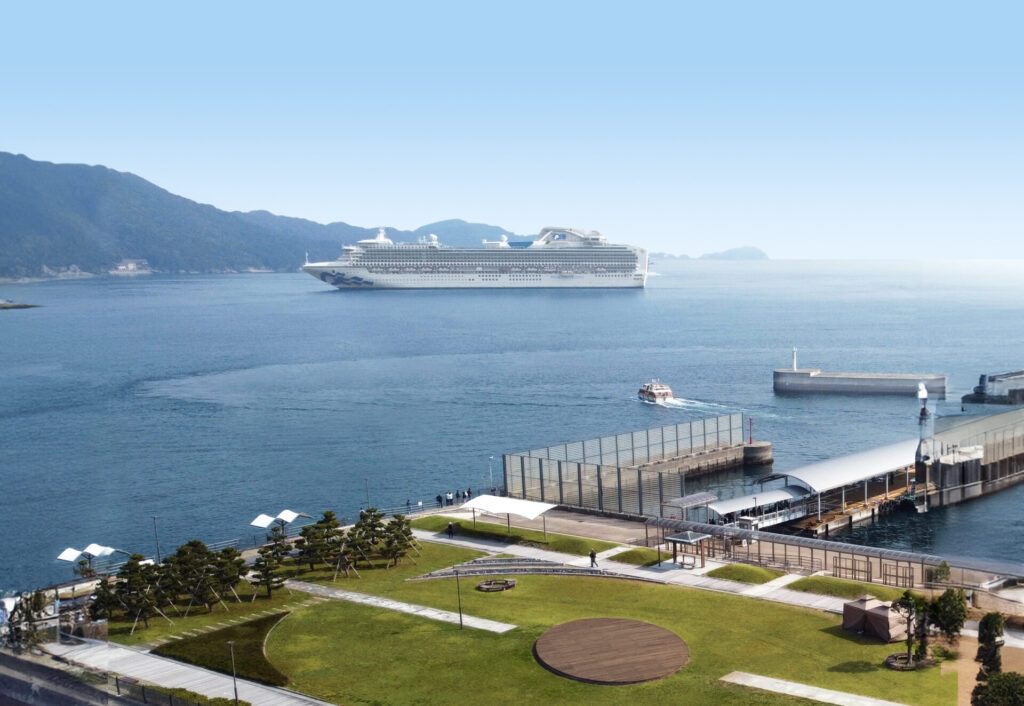 Looking for unique experiences in Toba? Discover some unforgettable activities that’ll immerse you in the local culture and bring you closer to the beautiful seaside.
Looking for unique experiences in Toba? Discover some unforgettable activities that’ll immerse you in the local culture and bring you closer to the beautiful seaside. - Sustainability in the Ise-Shima Area: How this unique Japanese town is working to preserve its oceanic treasures
 Take a look at Toba’s innovative approach to sustainable tourism.
Take a look at Toba’s innovative approach to sustainable tourism. - Discover the Natural Beauty of Japan’s Ise Shima Area
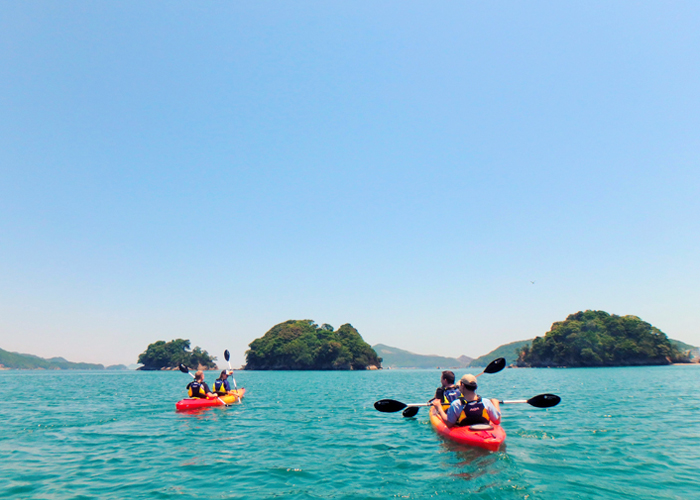 In Toba’s unique seascape and surrounding nature, you’ll find a perfect blend of adventure and serenity.
In Toba’s unique seascape and surrounding nature, you’ll find a perfect blend of adventure and serenity.
ACCOMMODATION
Stay in Toba
Toba has a wide range of accommodations for every budget, inviting you to stay for a couple of days to explore not only Toba but also the surroundings.
What you will find most of all are typical Japanese accommodations such as Ryokan (Japanese inns) with natural hot spring baths, but also some western-style hotels as well as simpler accommodations called Minshuku (family-operated bed-and-breakfasts). If you want to, you can also spend a night on one of the islands at a Japanese-style accommodation.
Related Attractions
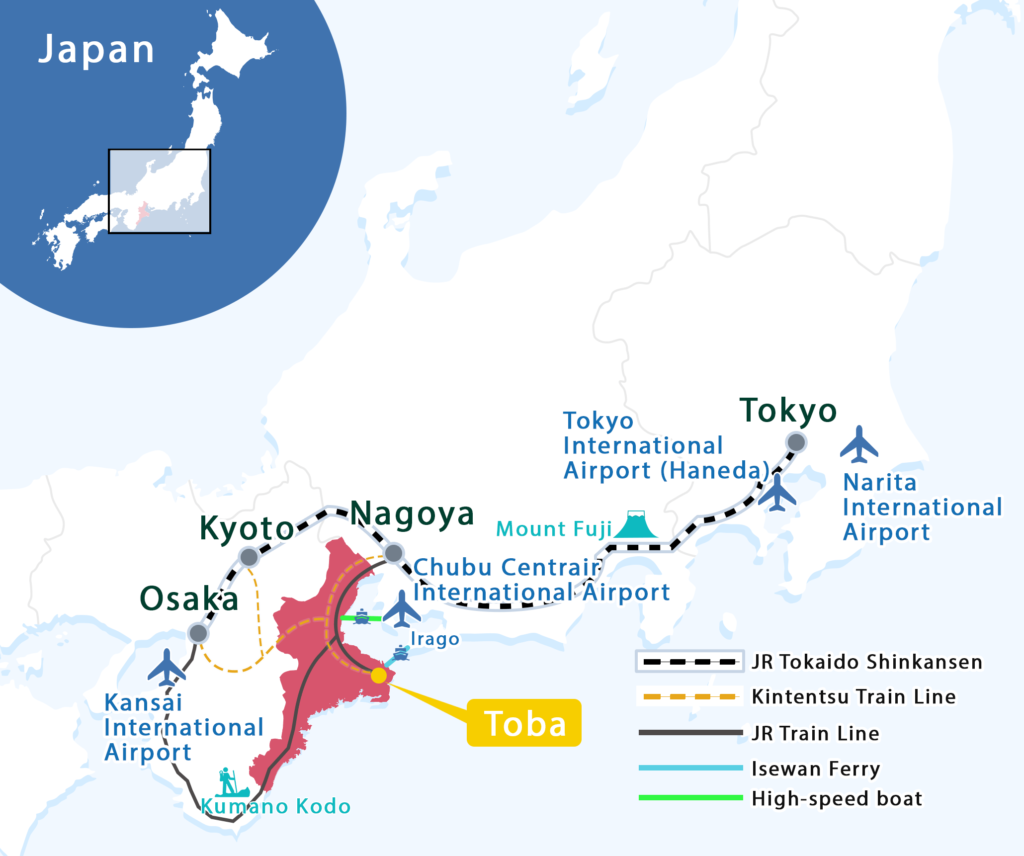
LOCATION
Step into Toba
Toba is a city located on the north-eastern part of the Shima Peninsula in Mie Prefecture. It faces Ise Bay as well as the Pacific Ocean. Toba consists of a mostly forested area on the peninsula side as well as 4 inhabited islands in the bay.
TRANSPORTATION
Getting around Toba
 By Car
By Car
The easiest way to explore Toba is by car. Museums and other tourist attractions have ample parking available.
 By Bus
By Bus
Buses connect the center of Toba with locations further away such as Osatsu, the center of Ama culture. Please be aware that buses don’t run very often and make many stops along the way.
 By Train
By Train
From Toba Station, the Kintetsu train line runs south into the mountains of Toba and towards Shima.
 By Ferry
By Ferry
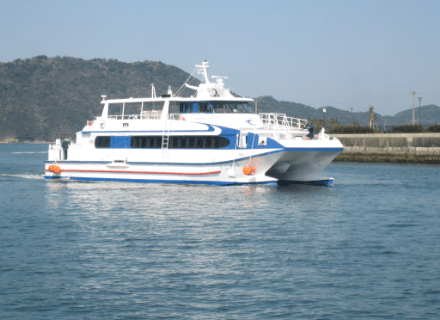
A convenient ferry service connects central Toba with the islands off its coast via the Toba Marine Terminal.
 On Foot
On Foot
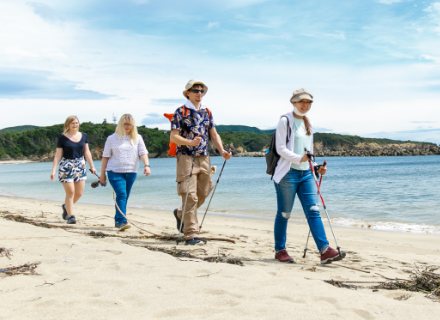
Central Toba, Osatsu Village, and Toshijima Island are great places to explore on foot.
 By Bicycle
By Bicycle

Bicycle rental in Central Toba and on Toshijima Island is available. It’s a great option to enjoy the scenery and explore a wider area than on foot.



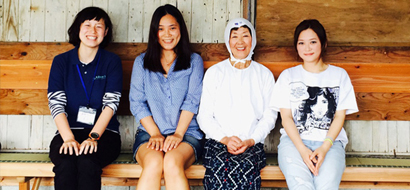
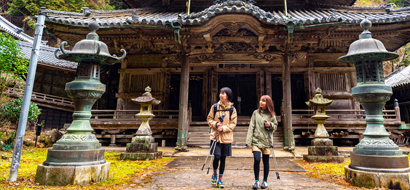
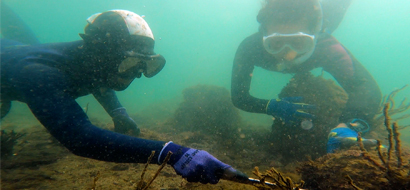

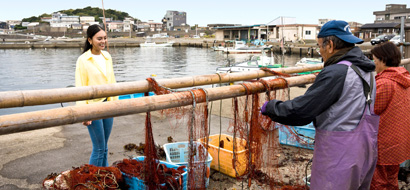
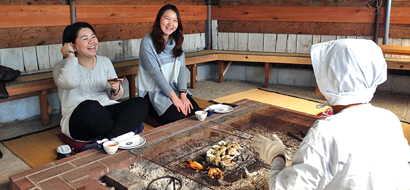


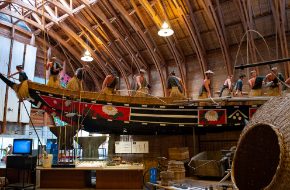
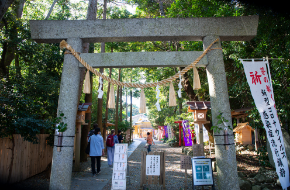
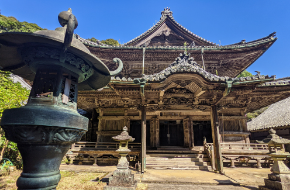
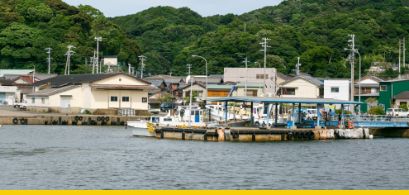
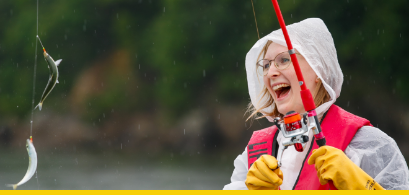
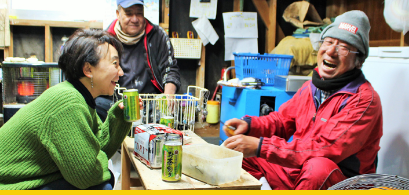
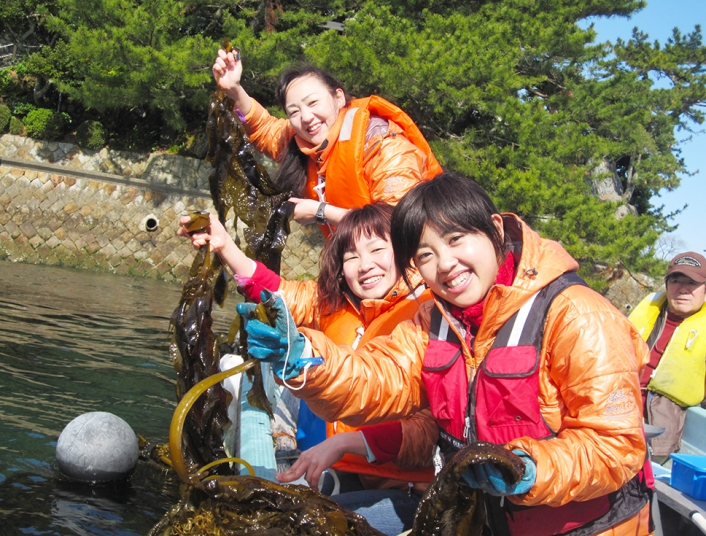
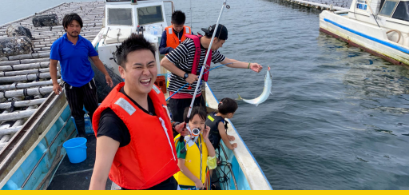
 Toba Oyster Shack Map
Toba Oyster Shack Map